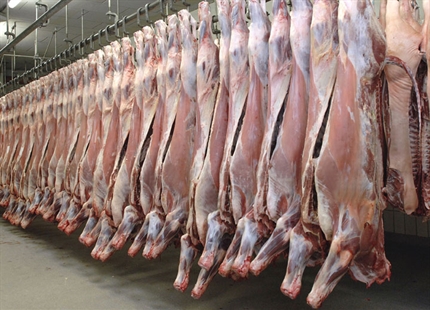
Tea producion humidification & humidity control
A humid climate favours tea growth in the plantation and the right relative humidity level is essential to convert the picked leaves into quality tea during processing.
During oxidation (also called fermentation), careful control of temperature and humidity is particularly important. This process provides the right conditions for the polyphenols in withered leaves to develop into the theaflavins, thearugibins and other compounds that create the characteristic flavours and colour of black teas, Pouchong and oolongs.
If leaves dry, oxidation slows as water is required for the process. An ambient relative humidity of 95-98%RH at 20-26°C is required to maintain fermentation, and even a small drop in humidity level will affect the process, reducing yield.
Humidification of other stages, such as in tea bag production to reduce electrostatic problems, also improve productivity.
Tea drinking is growing internationally, and consumers want quality and choice. Together with trends like Fairtrade and direct sourcing in forward contracts, producers are under more pressure than ever to fulfil quotas at the desired quality.
If you can't rely on the climate to provide the right conditions naturally, humidification from Condair is proven to provide a consistent and profitable production environment.
Get a FREE 10-point guide on improving tea fermentation with humidity control
Creating the perfect environment for the development of the tea's optimal characteristics is not easy but following these 10 rules will help enhance your factory's productivity.
Benefits of Condair humidification in tea production include:
- Guaranteed high humidity (95-98%) for fermentation / oxidation, whatever the outdoor conditions
- Evenly spread moisture throughout traditional floor and tray fermentation rooms, and consistent RH in CTC fermentation - major advantages compared to traditional spinning disk humidifiers
- Reduced leaf discolouration and spotting - reduced waste, higher yield
- Pre-fermentation humidification of rolling and cutting - reduces drying of broken edges
- Faster machine speeds and reduced dust creation in teabag production though electrostatic elimination
- Confidence in your investment - Condair has a strong record of improved quality, productivity and rapid return on investment in the tea industry
Get expert advice on tea production humidity control
Other food-related industries where Condair delivers effective humidity control
Vertical farms humidity control
Humidifiers and dehumidifiers in vertical farms play a vital role in creating the optimum day-time ...
Read moreHumidity control for bakeries
In bakeries, proper humidification has a profound influence on both product quality and the finishe...
Read moreHumidity control for cheese curing
When it comes to cheese curing applications, proper humidity control is crucial. Most cheeses need ...
Read moreAbattoir humidification
Reducing weight loss during carcass chill down to less than 1%.
Read moreCrop storage humidification
Prevents degradation of crops and assists safe long term storage.
Read moreCold storage humidification
Preventing weight loss and improving shelf-life of produce.
Read moreMushroom growing humidification
Provides optimal growing conditions and reduces Mushroom damage.
Read moreEgg hatchery humidification
Critical for maximum yield of chicks from each batch.
Read more








